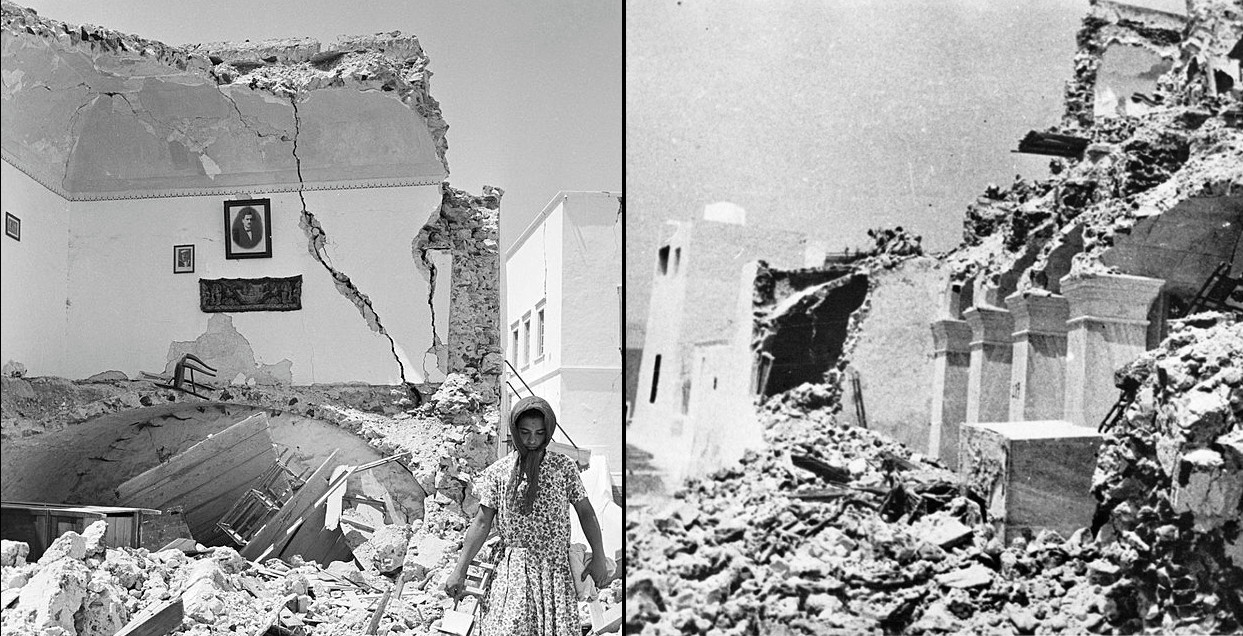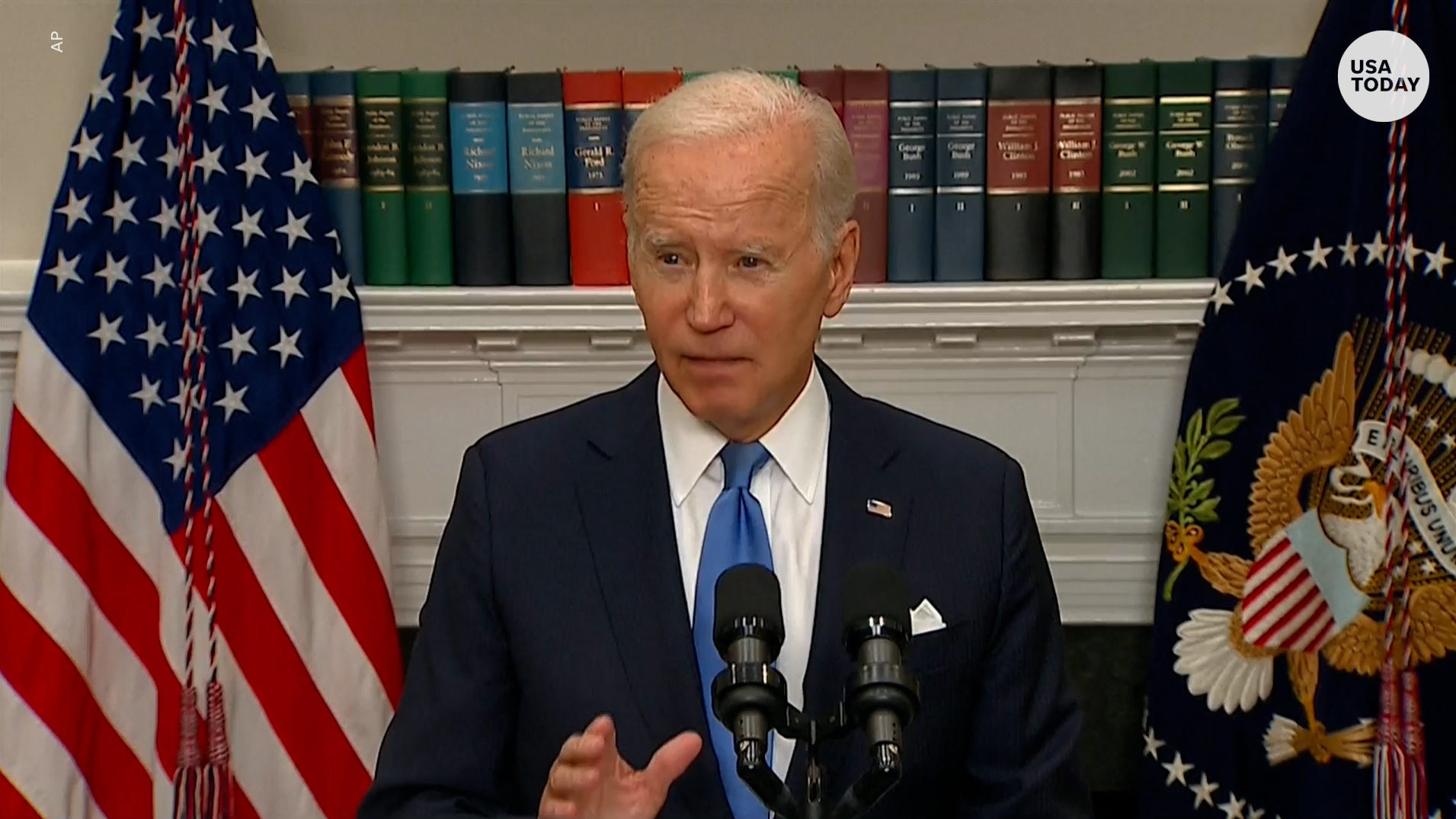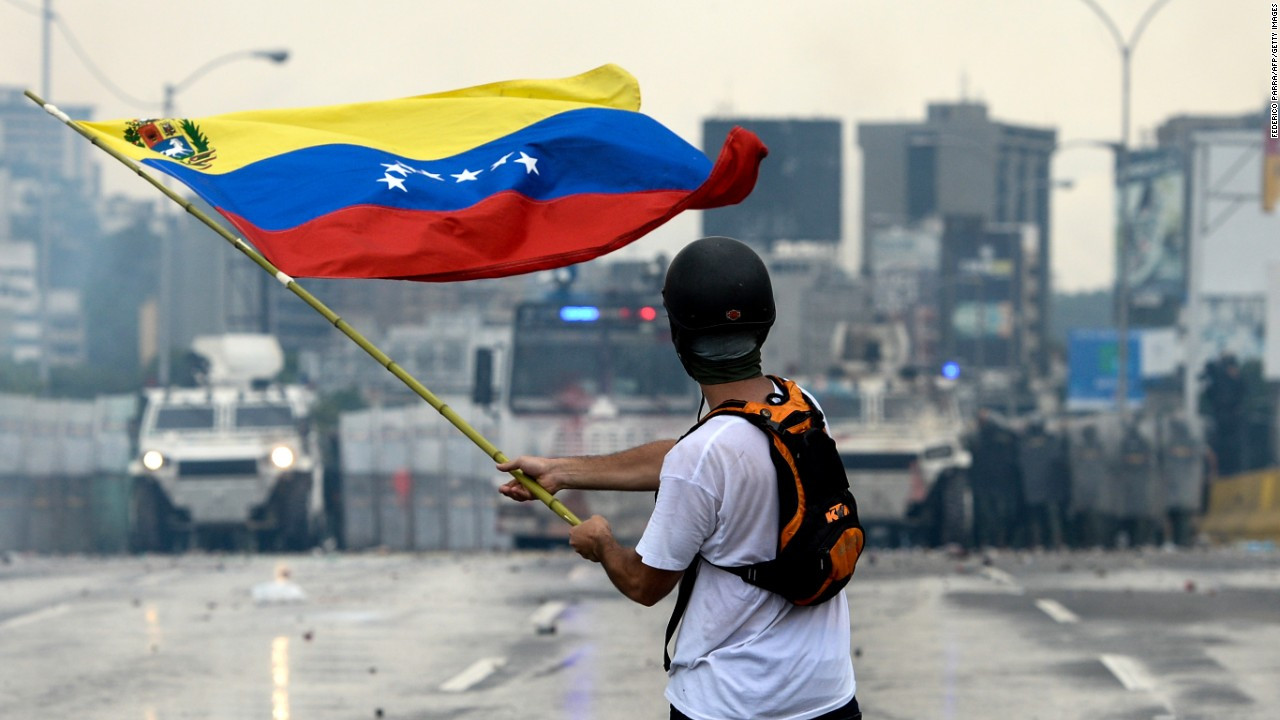Santorini Earthquake Scare: Schools Closed, Tourists Warned Amid Hundreds of Tremors
The idyllic Greek island of Santorini, renowned for its breathtaking caldera and whitewashed villages, has been shaken by hundreds of minor earthquakes in recent days, prompting authorities to take precautionary measures. Schools have been closed, and warnings have been issued to both residents and the millions of tourists who visit the island annually.
Increased Seismic Activity and Precautionary Measures
Over the weekend, more than 200 tremors, some reaching magnitudes as high as 4.6, were recorded in the area between Santorini and the neighboring island of Amorgos. While the Greek authorities have emphasized that the seismic activity is related to tectonic plate movements and not volcanic activity, the sheer number of tremors has raised concerns about the possibility of a larger, more destructive earthquake. As a result, schools on Santorini, as well as the nearby islands of Anafi, Ios, and Amorgos, were instructed to close on Monday, February 3rd, as a precautionary measure.
Warnings to Tourists and Residents
Beyond school closures, authorities issued a range of advisories to residents and tourists. People were urged to avoid large gatherings in enclosed spaces, to steer clear of the ports of Ammoudi and Fira—crucial hubs for cruise ship passengers—and to exercise caution near potentially unstable areas prone to landslides. The South Aegean Regional Fire Department was placed on high alert, and rescue teams, along with essential equipment like tents and drones, were deployed to the island. The UK Foreign Office also updated its travel advice for British tourists, echoing the warnings issued by Greek authorities.
The preventative measures extended to advising people to avoid abandoned buildings and routes potentially affected by landslides. The significant influx of tourists each year, adding up to millions, further fueled the urgency of the situation. Emergency services, equipped with necessary tools, were promptly deployed to address any potential crisis, ensuring safety and quick response.
Expert Opinions and Risk Assessment
Kostas Papazachos, a professor of geophysics at Thessaloniki Aristotle University, explained to public broadcaster ERT that the precautionary measures were implemented to mitigate the potential impact of a stronger earthquake. He emphasized the importance of caution given the intensity and frequency of the tremors, acknowledging the inherent risk of a more significant event. He also highlighted the potential for panic in large crowds during a minor earthquake which could lead to injuries. Professor Papazachos's statements underscore the gravity of the situation and the rationale behind the proactive measures.
Geological Context of Santorini
Santorini's location on the Hellenic Volcanic Arc, a seismically active zone, contributes to its vulnerability to earthquakes. The island itself is the result of a massive volcanic eruption around 1600 BC, one of the largest in recorded history, which shaped its distinctive crescent form. While the current tremors are not believed to be directly linked to volcanic activity, the island's geological history underscores the region's inherent seismic instability.
Although the recent tremors are considered minor, and geologists emphasize their tectonic origin rather than volcanic, the possibility of a more powerful earthquake remains a valid concern. The situation highlights the island's unique geological context and the ongoing need for vigilance and preparedness.
Santorini's Resilience and Future Preparedness
Despite the heightened alert level and the understandably cautious approach of the authorities, Santorini’s residents and tourism sector display notable resilience. While the island’s rich history has witnessed many tremors and even more powerful earthquakes in the past, the current preventative measures and preparedness strategies aimed to minimize any significant disruptions or risks. The island’s response illustrates a balanced approach to managing the inherent risks associated with living on a seismically active area.
The island’s robust tourism infrastructure and disaster response capabilities underscore its preparedness for potential challenges. The collaborative response from authorities, residents and the tourism industry highlight the island's capacity to manage such scenarios effectively. The collective actions and robust mitigation plans in place reflect not just preparedness, but also the commitment to maintaining the safety and security of both residents and visitors alike, despite the natural uncertainties.
The recent events serve as a stark reminder of the importance of preparedness and the need for continuous monitoring of seismic activity in seismically active zones worldwide. The collective response of Santorini's residents, tourism industry, and the government show the vital role of collaboration and responsiveness in safeguarding communities facing natural hazards. The experience gained from this situation will undoubtedly enhance the island’s emergency protocols and contribute to effective preparedness strategies for the future.

















